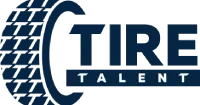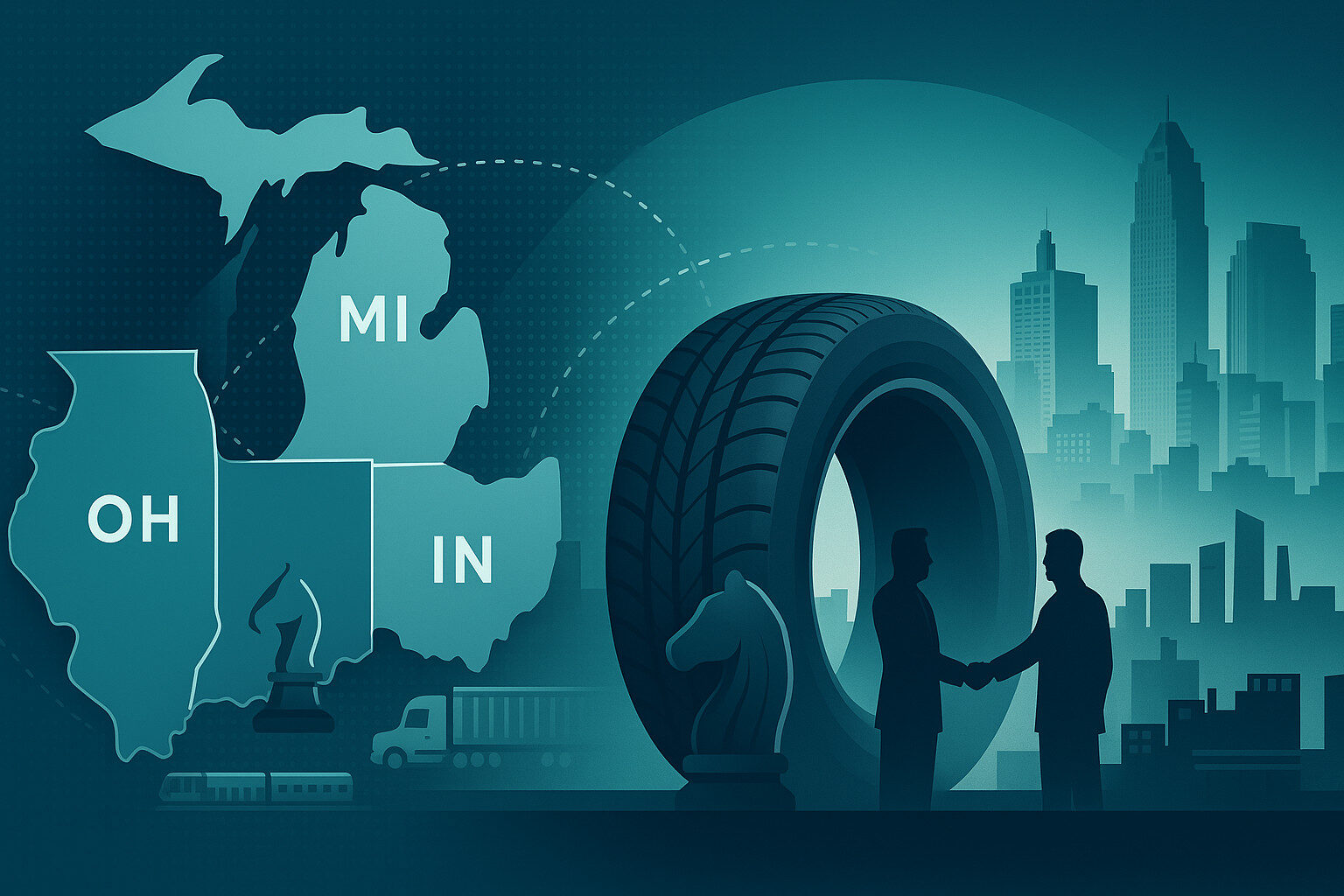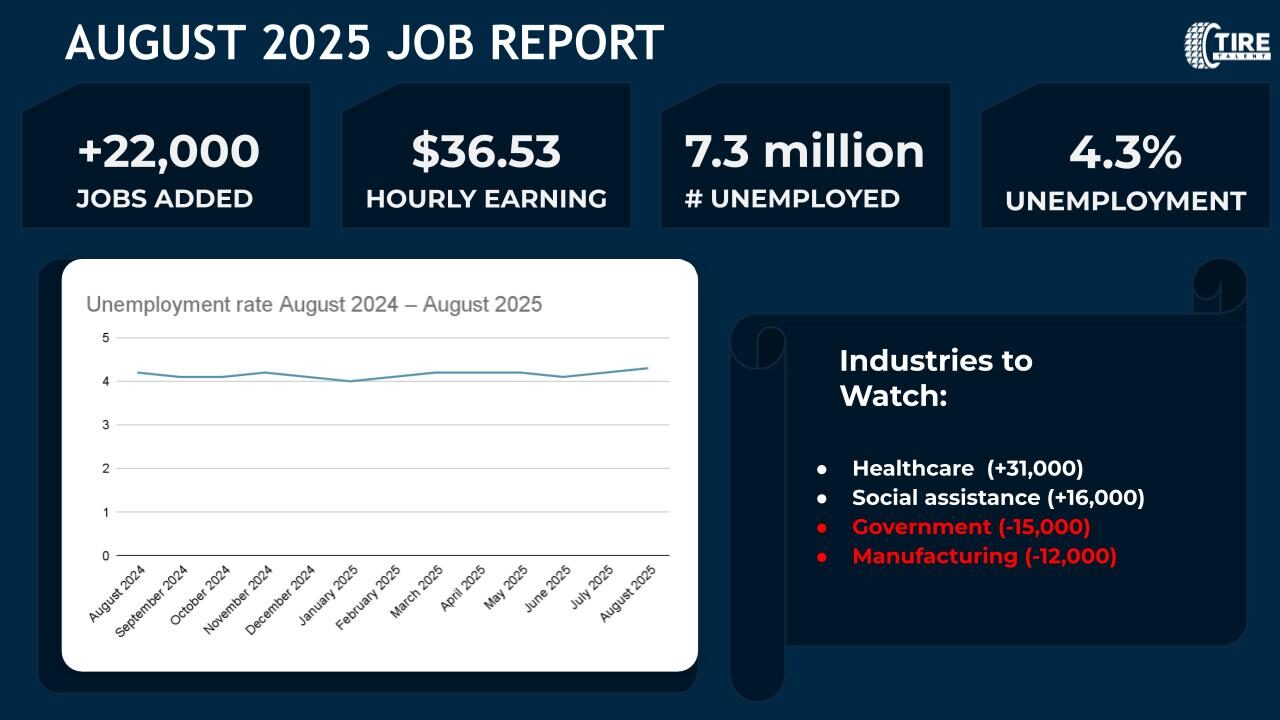If you’re planning or running tire executive searches, the Midwest tri-state corridor—Ohio, Michigan, and Indiana—should be at the center of your map. These states combine legacy “rubber capital” credibility, modern manufacturing intensity, deep polymer and engineering programs, and unparalleled logistics access to customers and suppliers. The result is a region where you can find plant-savvy CEOs, operations chiefs who live OEE and safety, commercial leaders who understand channel dynamics, and R&D heads fluent in materials science and automation. This guide explains why the tri-state is uniquely productive for executive recruiting, what profiles you’ll actually find, and how to build a fast, defensible search that lands the right leader the first time.
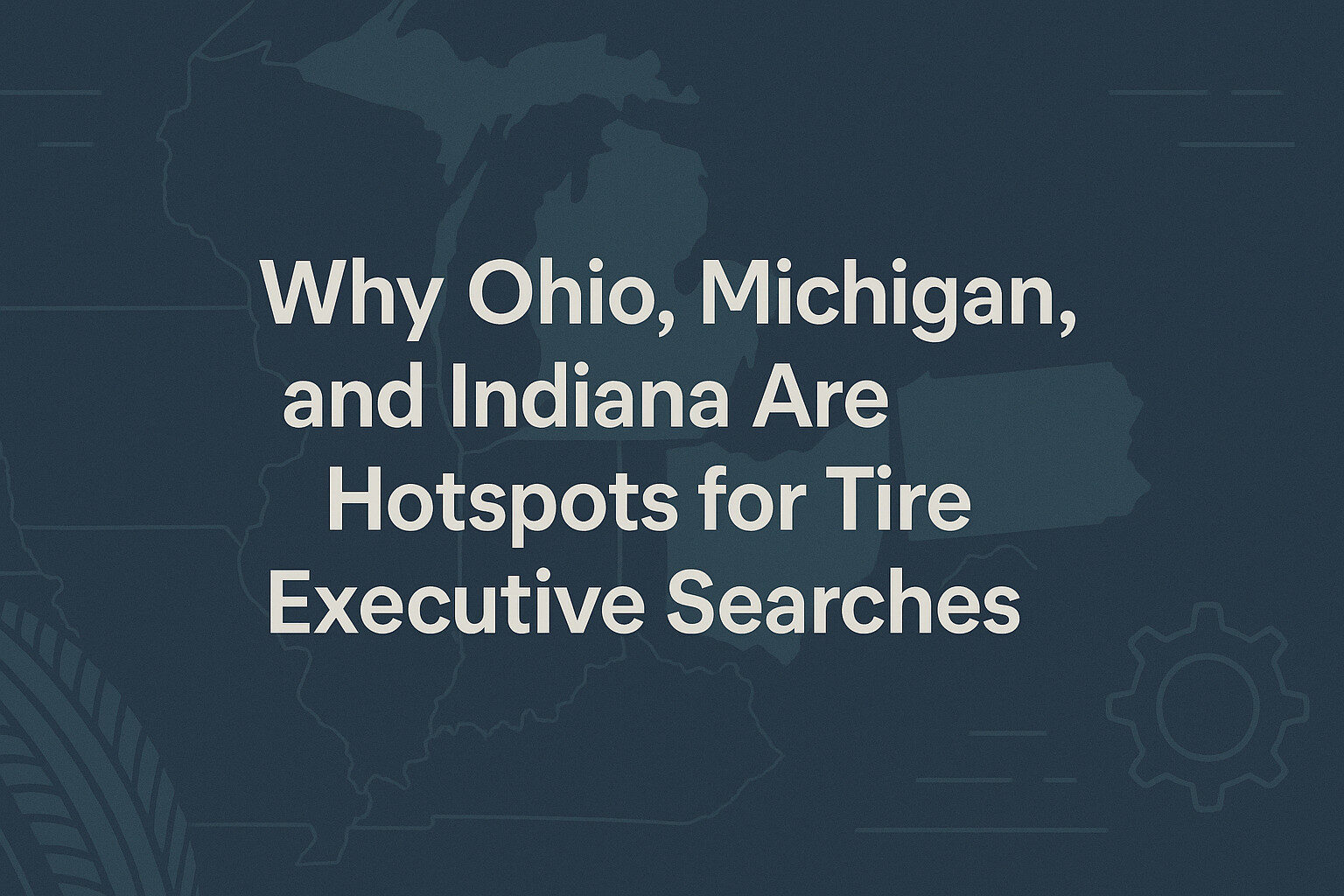
TL;DR (for busy founders and CHROs)
- Best concentration of relevant experience: polymer/R&D in northeast Ohio; automotive commercial and program leadership in southeast Michigan; high-throughput operations and logistics in Indiana.
- Meaningful cost advantages: executive total comp stretches further than coastal markets; lower relocation friction for plant-proximate leaders.
- Supply-chain proximity: many candidates have real vendor and customer relationships within a day’s drive of key plants, DCs, and fleets.
- Stronger odds of “hands-on” leaders: the tri-state has a high share of executives who grew up on the floor—maintenance, quality, or production—before moving into P&L roles.
- Search success depends on clarity and speed: publish the comp architecture, assess with plant-relevant work samples, and move from final interview to signed offer in days, not weeks.
Why this corridor produces tire leadership talent
1) A century of “rubber capital” know-how
Akron, OH is still shorthand for tire science and testing. Whether your role is VP R&D, Head of Quality, or Chief Operations Officer, you’ll find executives who can connect compound behavior, curing profiles, and test regimes to cost, safety, and warranty outcomes. Michigan adds vehicle-maker adjacency (program discipline, PPAP, APQP), and Indiana contributes deep manufacturing and logistics execution.
Bottom line: You’re recruiting from a living ecosystem, not a collection of resumes.
2) Manufacturing intensity and plant-first leadership
All three states rank among the nation’s leaders for manufacturing output and jobs per capita. That matters because tire executives don’t succeed behind dashboards alone—they succeed by improving OEE, MTTR, scrap, and first-pass yield. The tri-state produces leaders who can talk ISO/IATF, 8D, and PFMEA in the morning and close a key distributor renewal in the afternoon.
3) University pipelines you can trust
- University of Akron (polymers, materials, testing).
- University of Michigan, Michigan State, Kettering (engineering, supply chain, mobility).
- Purdue, Rose-Hulman, IUPUI (manufacturing, industrial, electrical/controls).
These schools supply executives who still speak their engineers’ language—useful when you’re scaling automation, experimenting with new compounds, or defending quality in customer audits.
4) Logistics access and cost structure
The “Crossroads of America” nickname for Indiana is more than branding: interstates and rail corridors place suppliers, plants, and customers within fast reach. Paired with a practical cost of living, this simplifies relocation and stabilizes retention—two silent drivers of search ROI.
State-by-state deep dive: strengths, profiles, pitfalls
Ohio: polymer & quality brain trust, operations depth
What you’ll find
- R&D leaders fluent in compounding, curing, testing protocols, and failure analysis.
- Plant and regional operations leaders with Lean/Six Sigma, TPM/RCM, and IATF 16949 muscle memory.
- Executives connected to a supplier network that understands rubber, cord, bead, carbon black, and additives.
Ideal roles
- VP/Head of R&D, VP Quality, Chief Operations Officer, Plant Manager, VP Supply Chain.
Watch-outs
- Some candidates over-index on technical excellence without commercial storytelling; coach for value defense and customer narrative in interviews.
Michigan: commercial gravity and program discipline
What you’ll find
- Executives trained by OEM program rigor: APQP/PPAP, launch planning, and price/mix control.
- Senior sellers who know national accounts, channel/wholesale, and fleet dynamics.
- Leaders comfortable navigating software and data in the plant and in the channel (MES/SCADA, CRM, pricing tools).
Ideal roles
- President/GM, Chief Commercial Officer, VP Sales (national/channel), VP Program Management, Head of Advanced Manufacturing.
Watch-outs
- Big-company process can breed slow decision cadence; design practical work-sample tests to confirm speed and agency.
Indiana: operations scale and logistics execution
What you’ll find
- Executives steeped in high-throughput production, labor planning, and cost-to-serve.
- Strong safety & EHS leadership; pragmatic maintenance leaders who grew into P&L roles.
- Supply chain heads who live OTIF, TMS/WMS, and network design.
Ideal roles
- VP Operations, Plant Director, VP Supply Chain, Regional DC/Logistics VP, Multi-site GM.
Watch-outs
- Be explicit about career path and multi-site scope; the best Indiana operators want room to run.
What roles are hottest right now (and why)
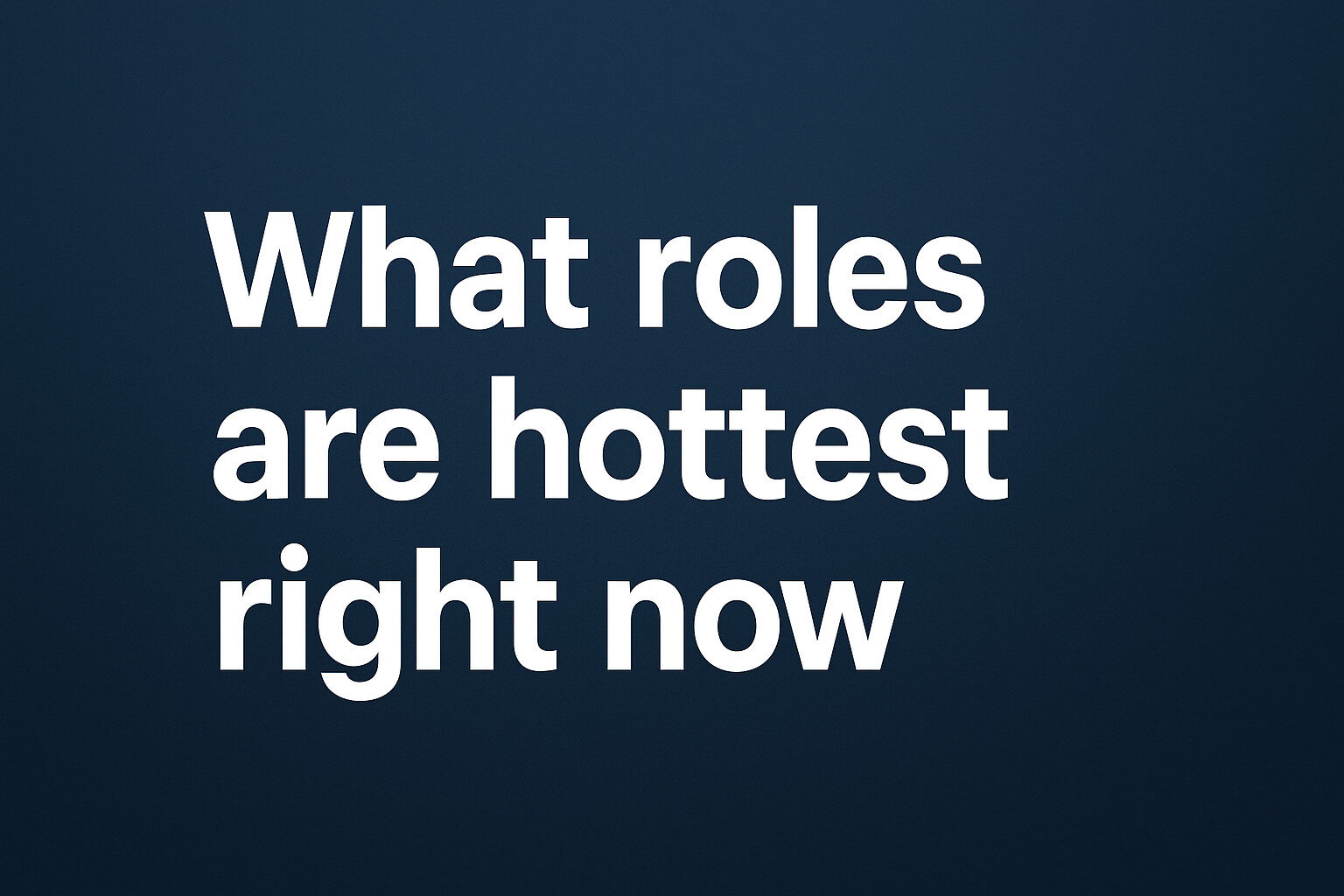
Function | Executive profiles you’ll find in the tri-state |
General management | President/GM with full P&L; turnaround or greenfield chops |
Operations | COO/VP Ops with multi-site TPM, OEE, automation, utilities/capex |
Quality | VP Quality with customer-facing PPAP, 8D/CAPA discipline |
R&D/Engineering | VP R&D/Materials; Head of Advanced Manufacturing/Controls |
Supply Chain | VP Supply Chain with S&OP/IBP, MRP tuning, supplier development |
Commercial | CCO/VP Sales; National Sales; channel/wholesale leadership |
Offer architecture that closes Midwest executives (without overpaying)
Rather than start from national medians, build a comp architecture that fits role seniority and the state’s cost basis:
- Base: competitive for metro and career stage; tie increments to P&L scale and multi-site scope.
- Annual bonus: weight to profitability, safety/quality (e.g., recordables, PPM), and strategic milestones (automation phase gates, launches).
- LTI: RSUs or phantom equity with 3–4-year vesting; align to EBITDA and debt/FCF goals.
- Sign-on/Retention: use targeted sign-ons to offset forfeited awards; retention bonus tied to launch or consolidation milestones.
- Relocation: include house-hunting, temporary housing, spousal career support; this dramatically reduces friction.
Winning move: publish your base + bonus + LTI philosophy in the brief. You’ll shorten cycles and upgrade the candidate slate because serious leaders self-select in.
Sourcing channels that actually produce executives here
1) Adjacent-market mapping
Don’t limit yourself to tire manufacturers. Great leaders sit in rubber goods, automotive components, belts/hoses, adhesives, composites, engineered plastics, and advanced packaging. The operating math is similar; learning curve is manageable.
2) University and institute networks
- Tap alumni boards and advisory councils at Akron, Michigan, Michigan State, Purdue, Kettering, Rose-Hulman.
- Request warm intros to alumni who have moved into P&L or functional leadership.
3) Customer and supplier ecosystem
- Engage suppliers of cord, wire, carbon black, steel, molds, automation; ask who the “operator’s operators” are.
- Distributors and national account partners will quietly point you toward commercial leaders who defend price and mix.
4) Private equity operating partners
PE portfolios in the region are full of ex-operators who know how to scale, consolidate, and modernize plants. A short conversation yields two to three qualified names.
5) Competitor bench & boomerangs
Leverage respectful outreach to past colleagues, silver medalists, and alumni. The tri-state network is dense; credibility and discretion beat cold messaging.
Executive assessment that predicts success in tire
Replace opinion-heavy interviews with work-samples anchored to your P&L, network, and risk profile.
For COO/VP Operations candidates
- Plant portfolio case: given three plants with different OEE, scrap, safety, and cost-to-serve profiles, prioritize capex and CI roadmap.
- Maintenance maturity: outline a 12-month TPM/RCM plan; show how you’ll lift MTBF and lower MTTR.
- Utilities/energy: identify quick wins and 18-month investments to reduce kWh/ton without hurting quality.
For VP Quality
- Customer audit simulation: respond to a PPM spike and prepare an 8D that satisfies a national account.
- APQP/PPAP review: critique a control plan and MSA summary; propose fixes.
For VP R&D/Engineering
- Compound/curing trade-offs: explain how a proposed change affects wear, rolling resistance, and warranty risk.
- Automation roadmap: prioritize robotics, MES/SCADA, and vision systems for short payback and high quality impact.
For CCO/VP Sales
- Price/mix defense: run a pricing meeting that resists discount pressure while growing strategic SKUs.
- Channel rules: present a fair, enforceable framework for distributor territories, MDF, and house accounts.
Scorecard (weights you can reuse):
Dimension | Weight |
P&L/metric fluency | 25% |
Problem framing & prioritization | 20% |
People leadership & change | 20% |
Functional depth (Ops/Quality/R&D/Sales) | 25% |
Communication & customer credibility | 10% |
Diversity, relocation, and candidate value proposition
- Diversity: partner with regional manufacturing and engineering associations that support underrepresented groups; request slates with real representation, not token adds.
- Relocation: sell the Midwest bundle—short commutes, real housing options, strong schools, outdoor life, and a credible runway for VP→C-suite progression.
- Two-career households: provide spousal career support and community introductions; it’s often the make-or-break.
30-60-90-day search plan (built for speed and quality)
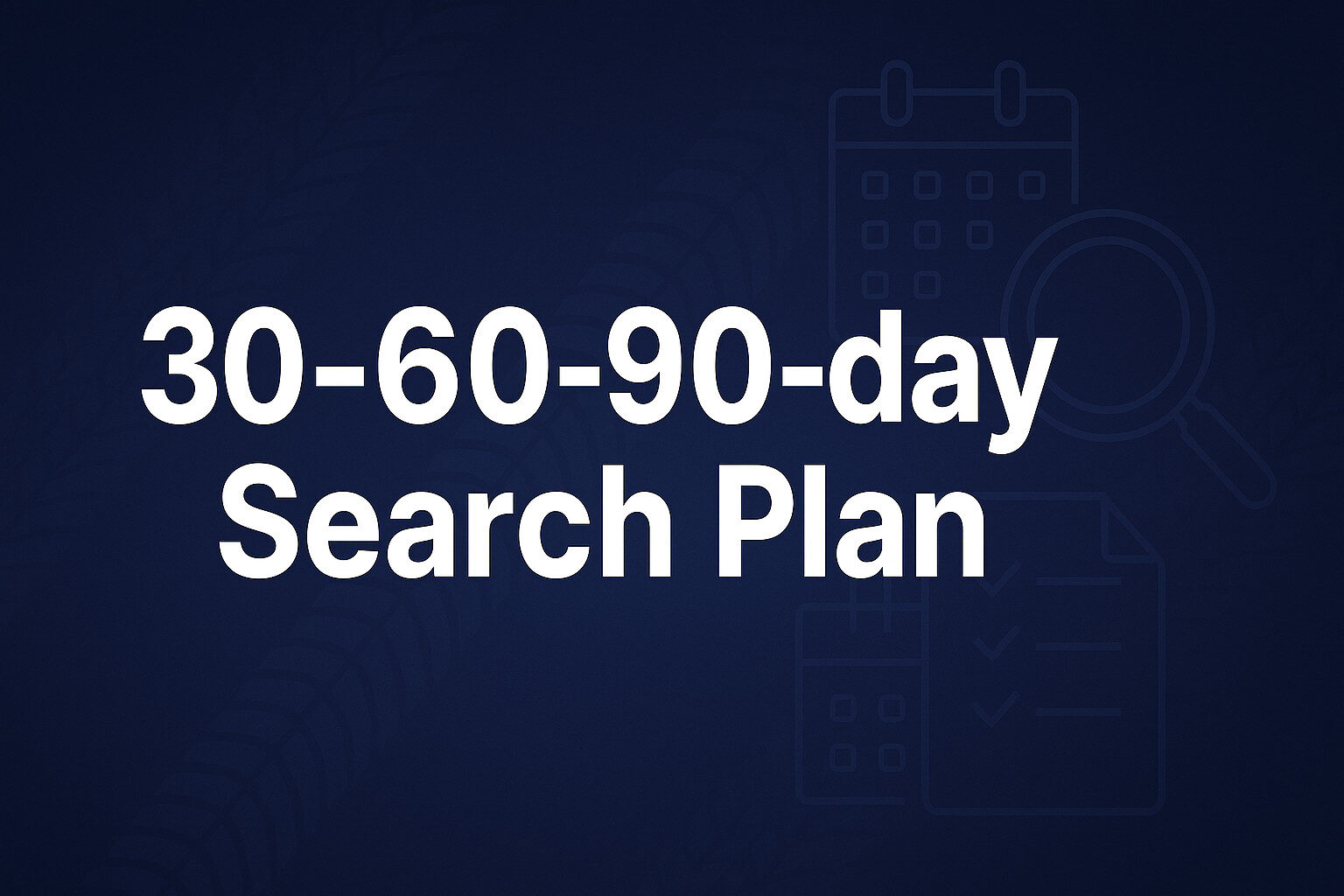
Days 1–10: Align & prime the market
- Finalize scorecard, banded comp, and relocation policy.
- Agree on target lists (companies, universities, associations).
- Draft the narrative brief (why this role, why this site, why now).
Days 11–30: Source & assess
- 30–40 targeted reaches/week (warm intros, alumni, ecosystem suppliers).
- First slate (5–7) by the end of week 3.
- Run phone screen → work-sample assignment → panel. Keep the calendar tight.
Days 31–60: Finalists & decision
- Onsite panels with line tours; meet the teams they will lead.
- Check references that can speak to metrics moved, not just personality.
- Decision huddle same day as final interview; verbal offer within 24–48 hours.
Days 61–90: Close & onboard
- Sign-on structured to replace forfeited awards.
- Confirm a first-90-day plan (people, processes, quick wins).
- Book week-one plant walkthroughs, safety refreshers, and customer intros.
Risks most searches miss (and how to mitigate)
Risk | Mitigation |
“Unicorn” JD | Prioritize top 6 competencies; leave room for growth |
Comp opacity | Publish base/bonus/LTI logic up front |
Interview sprawl | Replace extra rounds with work-samples |
Culture mismatch | Include cross-shift operators in panels; score for respect & clarity |
Slow sign-off | Pre-agree offers; calendar a same-day decision meeting |
Metrics that prove your executive search is on track
KPI | Target |
Days to first slate | ≤ 21 |
Interview-to-offer | ≤ 10 days |
Offer acceptance rate | ≥ 70% |
New-hire 180-day retention | ≥ 95% |
Early impact (role-specific) | Ops: OEE/MTTR trend; Sales: price/mix delta; Quality: PPM/CAPA closure |
How TireTalent accelerates Midwest executive searches
- Midwest bench strength: warm networks across Akron-to-Detroit-to-Indy; we know who actually moved metrics.
- Plant-relevant assessment: tailored work-samples for Ops, Quality, R&D, and Commercial—not “personality theater.”
- Comp & relocation intelligence: up-to-date, metro-specific guidance so your first offer is your best offer.
- Speed with signal: tight SLAs; weekly readouts with slate quality, funnel health, and risks.
Final word
The reason Ohio, Michigan, and Indiana dominate tire leadership hiring isn’t nostalgia—it’s the living systems they steward: polymer science, disciplined operations, automotive program rigor, and logistics efficiency. If you need a leader who blends shop-floor credibility with board-level accountability, this corridor consistently produces the best shortlists. Define the role in outcomes, assess with real work, move decisively, and welcome a leader who will compound advantages—pun intended—for years.
